What is Anhedonia?

WHAT IS ANHEDONIA?
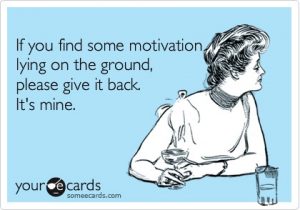
We all feel a little blue at times. Maybe we had a bad day or week and that makes us sad, lacking motivation and having no interest in going out with our friends or participating in the activities that we would normally enjoy. These feelings of unwillingness to do the things we love like meeting our closest friends or even trying to do well in school or at our job, won’t usually last long. Once everything’s settled, we return to our normal selves. Well… Most of us. People suffering from anhedonia can’t, but what is anhedonia really?
Definition
Anhedonia is the inability to experience pleasure from activities usually found enjoyable or the impaired ability to pursue, experience and/or learn about pleasure, which is often, but not always associated with conscious awareness. The term was first introduced by Théodule – Armand Ribot. It’s easier to understand this with examples. For instance, a mother will find no joy in playing with her child or a passionate dancer will be uneager to dance. An other, alternative, theory, suggests that anhedonia derives from the incapability to sustain good feelings over time3. In this case, pleasure might be experienced fully, but briefly, not long enough to maintain an interest or involvement in the action.
Types of Anhedonia
There are five (5) types of anhedonia; consummatory, motivational, social, sexual and specific musical. Consummatory, exists when the person gains no satisfaction from activities, previously or not, considered enjoyable. There’s no anticipation for a reward. Motivational, describes a person who shows no interest in taking part in pleasurable activities, because not even a reward is enough of a motivation to them. Social, is about a person who withdraws from all social gatherings and contacts. They’ve no interest to interact or make friends, they want to be alone all the time and have a hard time adjusting socially, contrasting to introversion. Sexual or ejaculatory, is most common in men and qualifies the state of not feeling fulfillment or enjoyment from the sexual action. This form of anhedonia might be caused by low testosterone levels, fatigue, or physical illness. The fifth type is the specific musical anhedonia. In this case, the individual has no problem processing musical sounds or beats, but receives no pleasure from listening to music. This state, however, shouldn’t be confused with “melophobia” the fear of music.
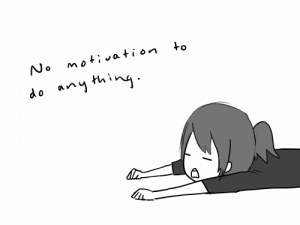
Symptoms, Causes & Treatment
The symptoms of anhedonia are many, some of them being an incredibly flat mood with no variations and the suffering individual being unable to react properly or feel anything. It is associated with many schizophrenia – spectrum disorders, depression and social anxiety.
Anhedonia may result from the breakdown in the brain’s reward system. Every time we feel pleasure, the neurotransmitter chemical called dopamine, fills the part of our brains called striatum. The disease may be linked with a lower activity in a part of our brain’s called prefrontal cortex, also used with its abbreviation, PFC. Anhedonia causes its effects through this cortex, which controls the dopamine releases.
Though it is related to depression and anxiety disorder, anhedonia isn’t the only reason for these disorders. Risk factors of it are a history of major depression disorder (MDD) or schizophrenia, a recent traumatic or stressful event, a history of abuse or neglect, a major illness, an eating disorder or it might be due to a recreational drug use.
The disease can only be diagnosed through counseling. You should tell your therapist about your symptoms, including the loss of experiencing pleasure. Your doctor may want to run a blood test to check for a vitamin deficiency or a thyroid problem. Unfortunately, there’s no validated treatment, especially for social anhedonia. There’s no medication developed specifically aiming at anhedonia.
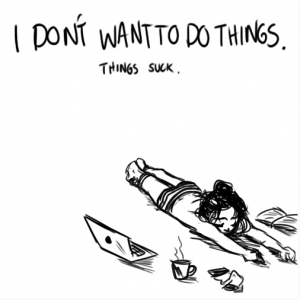
Sources
- Treadway MT, Zald DH (2011). “Reconsidering anhedonia in depression: lessons from the translational neuroscience”. Neurosci Biobehav Rev. 35 (3): 537-555. PMC 3005986
- Rømer Thomsen K, Whybrow PC, Kringelback ML (2015). “Reconceptualising anhedonia: novel prespectives on balancing the pleasure networks in the human brain”. Front Behav Neurosci. 9: 49
- Blanchard J.J.; Gaugestad S.W.; Brown S.A.; Horan W.P.(2000″). “Hedonic capacity and schizotyp revisited: A taxometric analysis of social anhedonia”. Journal of Abnormal Psychology. 109 (1): 87-95
- Mas-Herrer, Ernest; Zatorre, Robert J.; Rodriguez-Fornells, Antoni; Marco-Pallarés, Josep (2014). “Dissociation between Musical and Monetary Reward Responses in Specific Musical Anhedonia”. Current Biology. 24 (6): 699-704
- Horan, W.P; King, A.M.; Blanchard, J.J. (2006). “Anhedonia in Schizophrenia: A Review of Assessment Strategies” Schizophrenia Bulletin. 32 (2): 259-273
- Definitions from: https://en.m.wikipedia.org/wiki/Anhedonia
- http://www.healthline.com/health/depression/anhedonia#outlook7
- Byrnil, F.; “Depression and Anhedonia”, retrieved from https://www.psychologytoday.com/blog/brain-sense/200912/depression-and-anhedonia
- https://www.sciencealert.com/here-s-what-we-know-about-anhedonia-the-disorder-that-makes-it-imposible-to-feel-pleasure
- https://www.epainassist.com/mental-health/anhedonia-its-lonk-with-depression-symptoms-types-causes


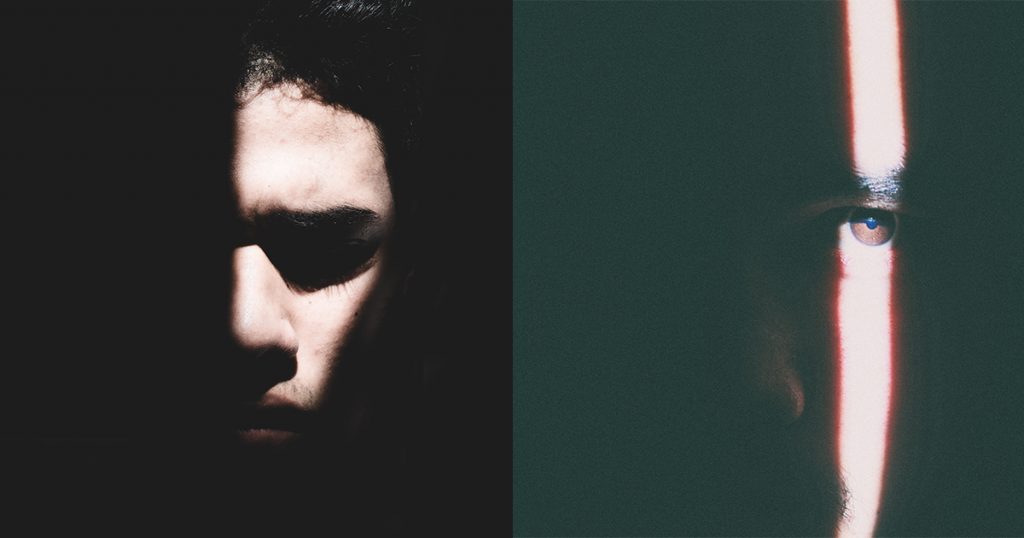
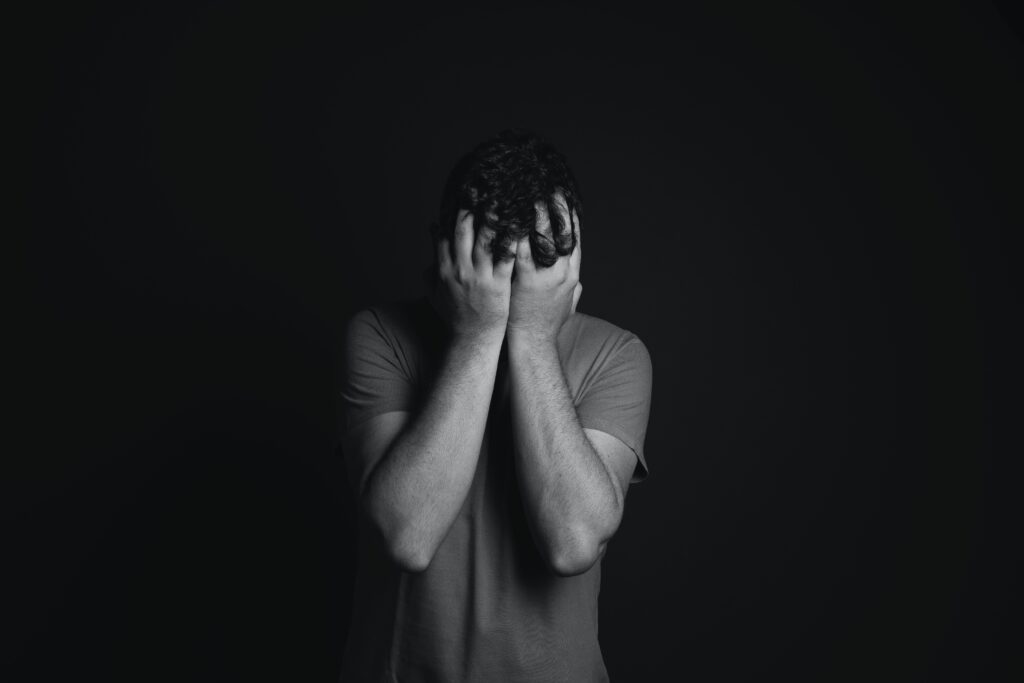
[…] KAYNAK: https://psych2go.net/anhedonia-53105-2/ […]